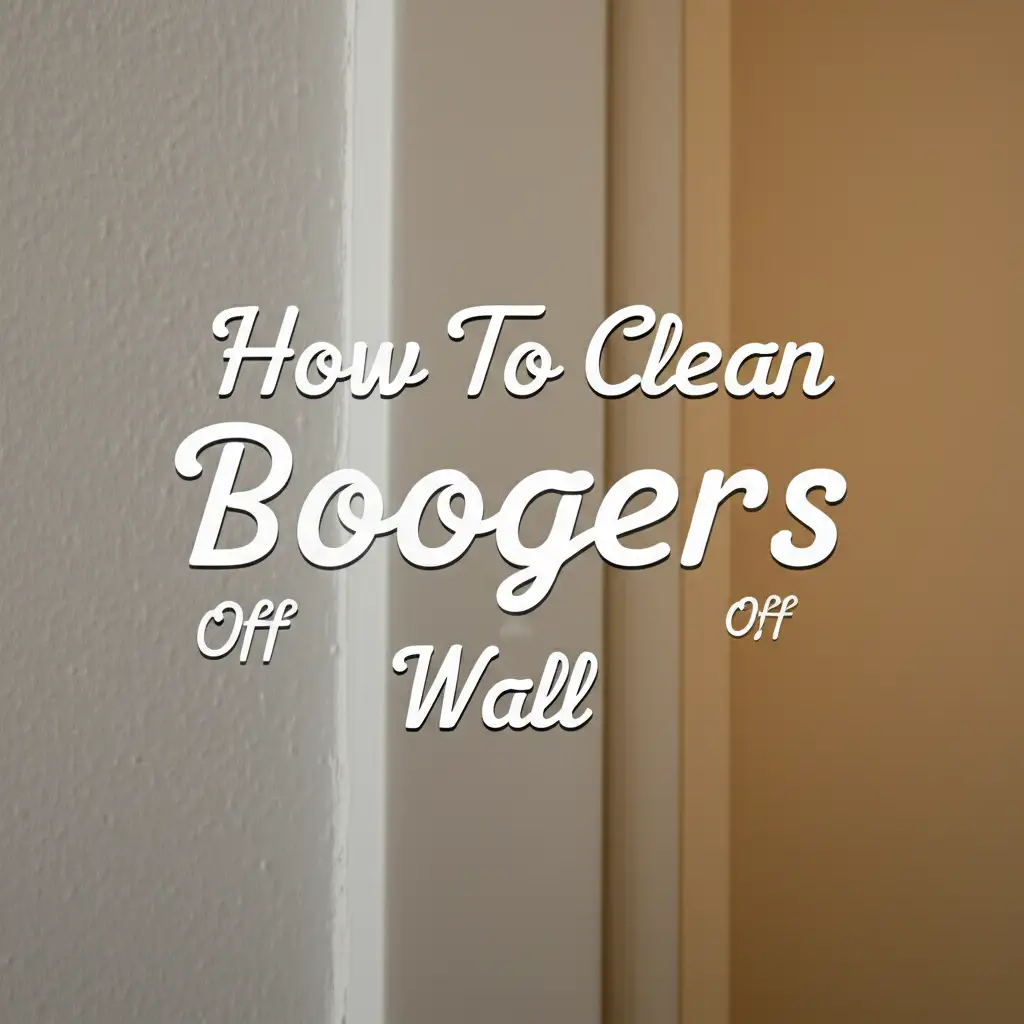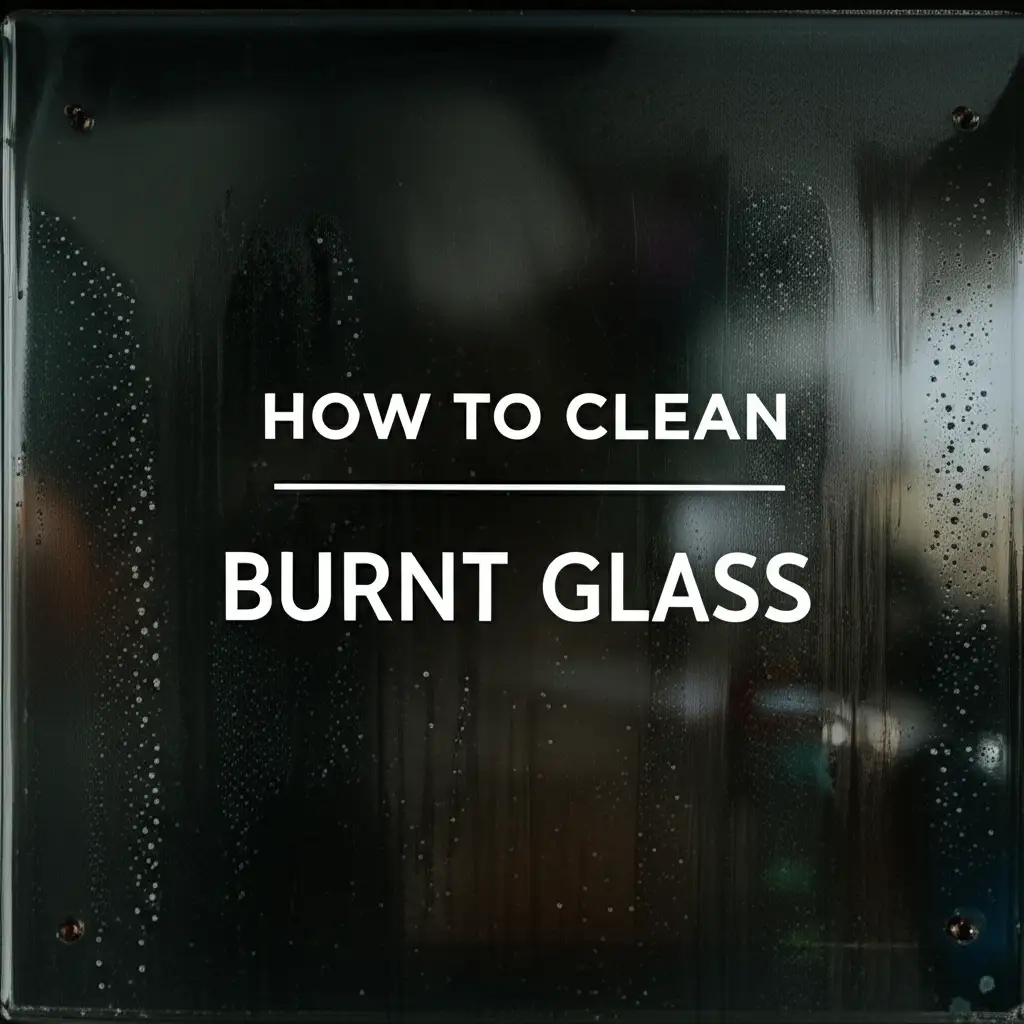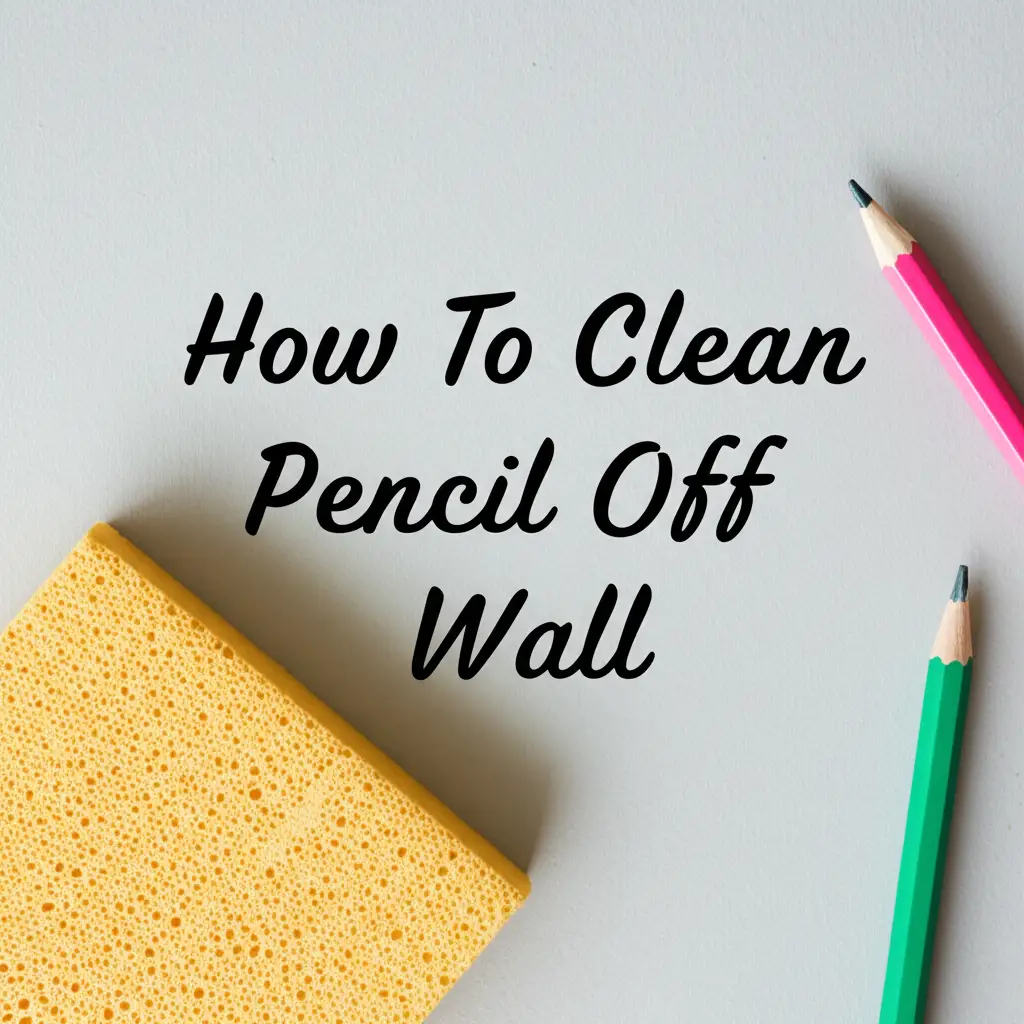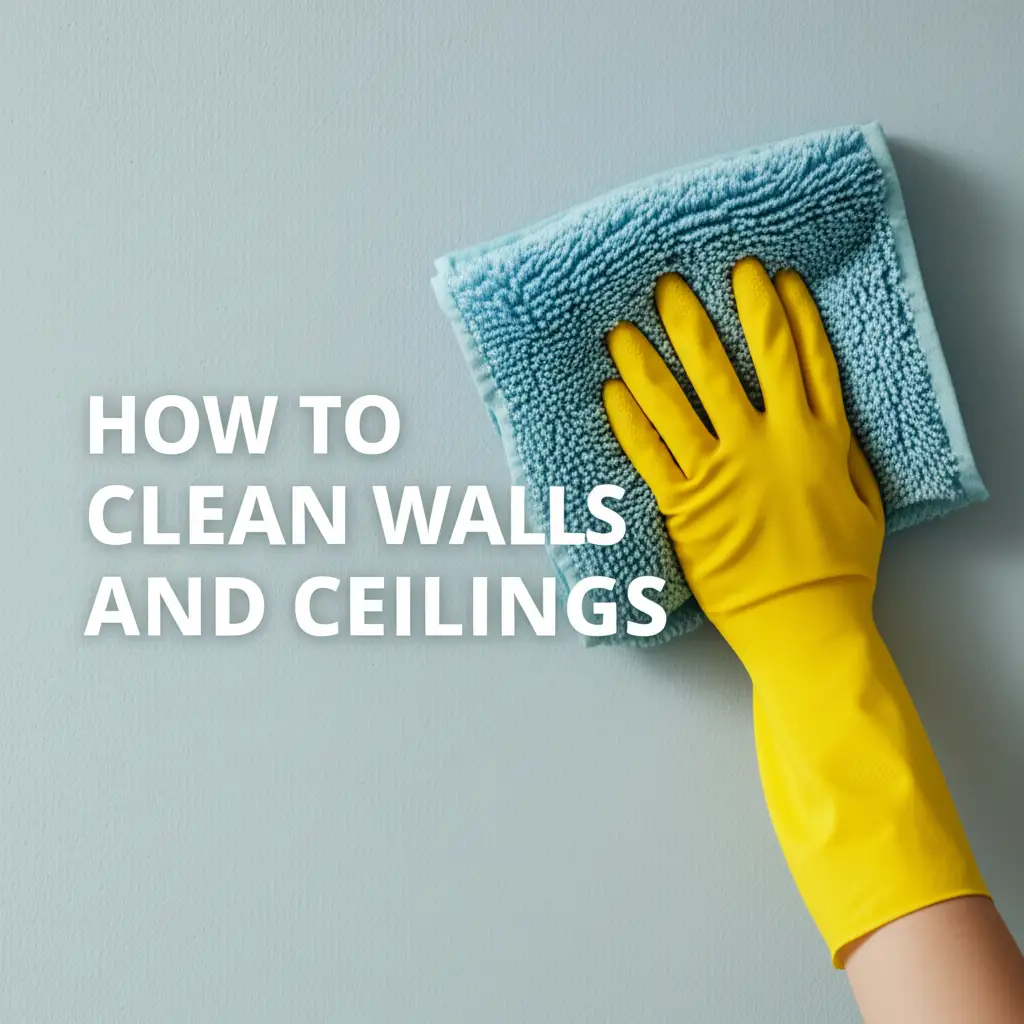· Home Cleaning Guides · 17 min read
How To Clean Boogers Off Wall

Mastering How To Clean Boogers Off Wall Safely
Finding an unsightly booger stuck to your wall is a common problem. This sticky mess can seem difficult to remove without damaging your paint or wallpaper. I know many people wonder about the best way to tackle this specific type of wall stain. This article will show you exactly how to clean boogers off wall surfaces.
We will explore effective methods and gentle cleaning solutions. We will cover everything from fresh, wet snot to old, dried-on residue. You will learn how to choose the right tools and cleaning agents for your wall type. My goal is to give you the knowledge to restore your walls to their pristine condition.
Takeaway
- Act Quickly: Remove fresh boogers immediately for easiest cleanup.
- Gentle First: Always start with the least abrasive method.
- Test Spot: Test cleaning solutions in an inconspicuous area before applying widely.
- Match Method to Residue: Use different tactics for wet versus dried boogers.
- Protect Walls: Avoid harsh chemicals or aggressive scrubbing to prevent damage.
To clean boogers off walls, gently scrape off solid matter with a plastic scraper. Then, use a damp cloth with warm water and a mild soap solution. Gently wipe the affected area. For dried residue, you might need a slightly more concentrated solution or a gentle vinegar mixture.
Understanding Booger Properties and Wall Surfaces
Boogers are a sticky, mucus-based substance. They can be challenging to remove from walls without leaving a mark. The composition changes based on how long they have been there. Fresh boogers are soft and wet. Dried boogers become hard and brittle. They also leave a sticky or greasy residue. This residue attracts dirt, creating a noticeable spot on your wall.
Different wall surfaces react differently to cleaning agents. Painted drywall is common. It can be delicate. Overly aggressive scrubbing or harsh chemicals can remove paint. They can also damage the drywall underneath. Wallpaper is another common surface. It requires careful handling. Some wallpapers are washable, while others are not. Wood paneling or exposed brick also need specific care. Always know your wall type before you begin cleaning.
Understanding the booger’s state is important. Fresh boogers are usually easier to remove. They simply wipe away with minimal effort. Dried boogers demand a different approach. They bond more strongly to the surface. This means you need more specific tools or solutions. You must also consider the paint finish. Matte paint absorbs stains more easily. Glossy or semi-gloss paint is more resilient. It handles cleaning better.
Knowing your wall material protects it from harm. This knowledge also helps you choose the most effective cleaning method. We always want to remove the stain without causing new damage. Taking a moment to assess the situation pays off. It saves time and effort in the long run.
Essential Tools and Gentle Preparations for Wall Cleaning
Before you begin the task of how to clean boogers off wall, gather your supplies. Having everything ready saves time and makes the process smooth. You will need a few common household items. I always ensure I have these items nearby. They are often enough to get the job done right.
First, you need a soft plastic scraper. A credit card or a plastic putty knife works well. You do not want anything sharp that might scratch the wall. Next, prepare two clean cloths or sponges. One is for applying your cleaning solution. The other is for rinsing. You will also need a bucket or two. These hold your cleaning solution and clean water.
For cleaning solutions, I recommend starting mild. A small amount of mild dish soap mixed with warm water is usually sufficient. Distilled white vinegar is another excellent option. You can mix it with water in a 1:1 ratio. This solution works for many stains and is safe for most surfaces. If you have particularly stubborn residue, you might consider a specialized wall cleaner. However, always test it first.
Preparation is key to preventing damage. Before applying any solution, test it in an inconspicuous spot. This could be behind a couch or in a closet. Apply a small amount of the cleaner. Let it sit for a few minutes. Then wipe it away. Check for any discoloration or damage to the paint or wallpaper. This step ensures the cleaner will not harm your wall. It is a simple step, but it protects your home. For persistent issues like mold, remember that cleaning solutions like vinegar can be quite effective against mold on various surfaces.
Step-by-Step Guide to Removing Fresh and Dried Boogers
Knowing the right technique is essential when you want to clean boogers off wall. The method you use depends on whether the booger is fresh or dried. Each state requires a slightly different approach. I have found these steps to be very effective.
Removing Fresh Boogers
Fresh boogers are soft and wet. They are generally the easiest to remove. You need to act quickly before they dry and stick.
- Gently Scrape: Use a soft plastic scraper, like an old credit card. Carefully scrape the bulk of the booger from the wall. Hold the scraper at a shallow angle. This prevents digging into the wall surface.
- Wipe with Damp Cloth: Dip a clean, soft cloth into warm water. Wring it out so it is just damp, not dripping. Gently wipe the remaining residue. Use a dabbing motion rather than scrubbing hard.
- Clean with Mild Soap: If a slight mark remains, add a tiny drop of mild dish soap to your damp cloth. Gently wipe the area. The soap helps lift any greasy residue.
- Rinse and Dry: Use another clean cloth dipped in plain water to rinse the spot. Then, lightly blot the area dry with a third clean, dry cloth. This prevents water marks.
Removing Dried Boogers
Dried boogers are more challenging. They stick firmly to the wall. Do not try to pick them off with your fingernail. This can damage the wall.
- Soften the Booger: Dampen a clean cloth with warm water. Press it gently over the dried booger for a few minutes. This softens the hard residue. You can also use a small amount of water mixed with dish soap to help break it down.
- Careful Scraping: Once softened, use your plastic scraper again. Gently work the scraper under the edge of the booger. Lift it away from the wall. Be patient and gentle.
- Clean Remaining Residue: After scraping, a mark or sticky residue often remains. Mix a solution of equal parts distilled white vinegar and warm water. For tough stains on wood paneling or trim, you might find tips on how to clean stains on wood helpful for specific surfaces. Dampen a clean cloth with this mixture. Gently wipe the affected area. Vinegar is excellent for dissolving sticky substances.
- Final Rinse and Dry: Finish by wiping the area with a cloth dampened with plain water. This removes any cleaning solution residue. Then, dry the wall completely with a clean, dry cloth. Ensure no moisture remains to prevent future issues. This careful approach helps avoid any streaks, similar to methods used to clean glass without streaks.
Tackling Stubborn Stains and Residue After Booger Removal
Sometimes, even after removing the main booger, a stubborn stain or sticky residue remains. This can be frustrating. These lingering marks need a little extra attention. I have found specific techniques work best for these situations. You want to avoid damaging your wall surface during this process.
First, identify the type of residue. Is it a greasy mark? Is it a discolored spot? The nature of the stain guides your next cleaning step. Greasy residues often respond well to degreasing agents. Discolored spots might need a mild bleaching agent or specialized stain remover. Always remember to test any new cleaner on an hidden spot first. This simple step can prevent unexpected damage.
For greasy or oily residue, a stronger solution of dish soap and warm water can help. Apply this mixture to a clean cloth. Gently dab the stain. Do not rub hard, as this can spread the grease. Let the solution sit for a minute or two to break down the grease. Then, wipe it away with a clean, damp cloth. Repeat if necessary. For tougher grease, a small amount of rubbing alcohol on a cotton ball can work wonders on certain surfaces. Rubbing alcohol evaporates quickly. This minimizes moisture damage to your walls.
If you are dealing with a discolored spot on a painted wall, consider a magic eraser. These sponges work by acting as a very fine abrasive. They can remove surface stains. Use them with extreme caution on painted walls. They can remove paint if you scrub too hard. Lightly wet the magic eraser. Gently rub the stained area. Use minimal pressure. After cleaning, wipe the area with a damp cloth. Then dry it. For general cleaning tasks that involve large surfaces, such as cleaning a ceiling, similar gentle principles apply to protect the surface finish.
For very stubborn residue, a paste made of baking soda and a tiny bit of water can be effective. Apply the paste to the stain. Let it sit for 5-10 minutes. Then, gently wipe it away with a damp cloth. Baking soda is a mild abrasive and odor absorber. It can lift many stains without being too harsh. Always rinse the area thoroughly after using any cleaning agent. This ensures no residue is left behind to attract more dirt.
Safe Cleaning Solutions for Different Wall Materials
Choosing the right cleaning solution is crucial for specific wall materials. What works for painted drywall might harm wallpaper. Knowing your wall surface helps select the safest and most effective cleaner. I always adapt my approach based on the wall type.
Painted Walls (Drywall, Plaster)
Most homes have painted drywall or plaster walls. These are usually washable, especially if painted with semi-gloss or satin paint.
- Mild Soap and Water: This is your go-to. Mix a few drops of mild dish soap into a bucket of warm water. Use a soft sponge or microfiber cloth. Gently wipe the stained area. Avoid oversaturating the wall. Excessive water can damage drywall.
- White Vinegar Solution: For tougher stains or dried residue, a 1:1 solution of white distilled vinegar and water works well. Vinegar helps break down sticky and greasy substances. Apply with a damp cloth. Do not soak the wall. For general cleaning around the house, many people use vinegar extensively, like when they need to clean their shower with vinegar.
- Baking Soda Paste: For very stubborn spots on durable paint, a paste of baking soda and a small amount of water can lift stains. Apply, let sit briefly, then gently wipe and rinse. Be extremely gentle to avoid removing paint.
- Rubbing Alcohol: For ink or very sticky, dried residue, a small amount of rubbing alcohol on a cotton ball can be effective. Dab it on the stain. It evaporates quickly. Test in an hidden spot first, as it can sometimes affect certain paint finishes.
Wallpaper
Cleaning wallpaper requires extra care. Some wallpapers are washable, others are not. Check manufacturer instructions if possible.
- Damp Cloth (Washable Wallpaper): For washable wallpaper, a lightly dampened cloth with plain warm water is often enough for fresh boogers. Gently blot the stain. Do not rub hard.
- Very Mild Soap (Washable Wallpaper): If water alone doesn’t work, add a tiny drop of very mild soap to the water. Ensure the cloth is barely damp. Wipe gently. Rinse with another barely damp cloth.
- Non-Washable Wallpaper: For non-washable wallpaper, dry methods are best. Use a soft brush or a dry microfiber cloth to lightly brush off dried residue. A gum eraser can also gently lift light marks. Avoid any liquids. If liquids are used, they can stain or cause wallpaper to peel.
Wood Paneling or Trim
Wood surfaces need specific care to prevent water damage or discoloration.
- Damp Cloth with Wood Cleaner: Use a cloth slightly dampened with a wood-specific cleaner or a very dilute mild soap solution. Gently wipe the booger and any residue.
- Oil Soap: For wood paneling, wood oil soap can be effective. It cleans and conditions the wood. Follow product instructions.
- Avoid Excess Water: Water can warp or stain wood. Ensure cloths are barely damp. Dry the area immediately. Learning how to clean stains on wood can provide deeper insights for various wood types and stains.
Textured Walls
Textured walls, like those with popcorn or knockdown finishes, can trap grime.
- Soft Brush and Vacuum: For dried material, use a soft-bristled brush to gently dislodge the booger. Then, use a vacuum cleaner with a brush attachment to remove loose particles.
- Damp Sponge (Gentle): For residue, use a barely damp sponge with mild soap solution. Gently dab. Avoid scrubbing, as this can damage the texture.
Always prioritize gentleness. Less is often more when cleaning walls. You want to remove the booger, not the wall finish.
Preventive Measures: Keeping Walls Booger-Free
Preventing boogers from ending up on your walls is easier than cleaning them. A little proactive effort can save you time and frustration. I have adopted several strategies in my home. They help keep walls clean.
One key strategy is teaching good habits. Encourage everyone in the household to use tissues. This seems obvious. However, consistent reminders are important, especially for children. Keep tissue boxes readily available in common areas. Placing them near frequently used spots makes it easier for people to reach for a tissue instead of using the wall. This simple step reduces the chances of boogers landing on surfaces.
Regularly clean high-traffic areas. Walls near beds, couches, or play areas are more prone to getting dirty. A quick wipe-down during routine cleaning can catch any small marks before they become big problems. I often do a quick visual check of these spots. It helps me catch issues early. Catching a fresh booger is much easier than tackling a dried one.
Consider painting walls with a durable, washable paint. Semi-gloss or satin finishes are more resilient than flat or matte paints. They are easier to wipe clean. These finishes resist stains better. They also stand up to gentle scrubbing without paint coming off. If you are repainting soon, this is a smart choice. It makes future cleanups much simpler.
For children’s rooms, you might consider protective measures. A clear plastic or vinyl wall guard can protect the lower sections of walls. These are easy to wipe clean. They provide a barrier against various messes, including boogers. While they change the aesthetic, they save your paint. This is especially useful in playrooms or bedrooms where messes are more common. You can also place washable decor, like art or posters, in common “booger zones.” This diverts attention and provides an easily cleanable surface.
Maintaining good indoor air quality can also indirectly help. Clean air filters regularly. Use a humidifier if the air is too dry. This can reduce nose dryness and irritation. Less irritation means fewer boogers. It is a holistic approach to a cleaner home.
Common Mistakes to Avoid When Cleaning Walls
When learning how to clean boogers off wall, it’s just as important to know what not to do. Making common mistakes can cause more damage than the booger itself. I have seen many people unknowingly harm their walls. Avoiding these pitfalls will save you time, effort, and money.
One major mistake is using harsh abrasive cleaners or tools. Steel wool, scouring pads, or even stiff brushes are too aggressive for most wall surfaces. They can scratch paint. They can even remove wallpaper patterns. Always use soft cloths, sponges, or plastic scrapers. Similarly, strong chemical cleaners like bleach should be used with extreme caution. Bleach can strip paint color. It can also leave permanent bleached spots. Stick to mild soap and water or diluted vinegar first.
Another common error is applying too much water or cleaning solution. Over-saturating walls, especially drywall, can cause significant damage. Water can soak into the plasterboard. This leads to bubbling, peeling paint, or even mold growth. Always wring out cloths until they are just damp. Avoid spraying cleaners directly onto the wall. Instead, spray the cleaner onto your cloth. This gives you more control.
Scrubbing too hard or too aggressively is also a frequent mistake. Aggressive scrubbing can remove paint. It can also damage the texture of your wall. This leaves a shiny, discolored patch. Use gentle, circular motions. Work from the outside of the stain inwards. Patience is key. If a stain is stubborn, reapply the cleaner and let it sit longer. Do not simply scrub harder.
Forgetting to test the cleaner in an inconspicuous area is a critical oversight. Every wall surface and paint type reacts differently. A cleaner that is safe for one wall might damage another. Always perform a patch test first. This single step can prevent a small booger stain from becoming a large, costly repair job. Even seemingly gentle solutions like vinegar or soap can cause issues on delicate finishes.
Finally, not rinsing the area thoroughly is a mistake. Leaving soap or cleaner residue on the wall can attract more dirt over time. It can also leave a sticky film. Always follow cleaning with a wipe-down using a clean cloth dampened with plain water. Then, dry the area completely with a separate dry cloth. This ensures no residue remains. It leaves your wall clean and streak-free.
Frequently Asked Questions
What is the easiest way to remove dried boogers from a painted wall?
The easiest way is to first soften the dried booger. Place a warm, damp cloth over it for a few minutes. This makes it pliable. Then, gently scrape it off with a plastic scraper like an old credit card. Clean any remaining residue with a mild soap and water solution.
Can I use rubbing alcohol to clean boogers off my wall?
Yes, you can use rubbing alcohol for stubborn, sticky residue. Apply a small amount to a cotton ball. Gently dab the stain. Rubbing alcohol evaporates quickly, reducing moisture risk. Always test it in an inconspicuous area first. Some paint finishes might react negatively to it.
How do I prevent damaging paint when cleaning boogers off the wall?
To prevent paint damage, use gentle methods. Avoid abrasive tools or harsh chemicals. Always start with mild soap and water. Use a soft cloth. Do not scrub aggressively. Test any new cleaning solution on a hidden spot first. Ensure cloths are only damp, not dripping wet.
Will a magic eraser remove boogers and not damage my walls?
A magic eraser can remove booger stains. It acts as a fine abrasive. Use it with extreme caution. Gently rub the stained area with light pressure. Over-scrubbing can remove paint or change the sheen of your wall. Always test in an inconspicuous area before using it widely.
What should I do if a booger stain leaves a greasy mark?
If a greasy mark remains, use a stronger mild degreasing agent. Mix a few drops of dish soap with warm water. Apply with a clean cloth. Gently dab the stain. Allow the solution to sit for a minute to break down the grease. Wipe it clean with a damp cloth and then dry.
Is vinegar safe to use on all types of wall surfaces for booger removal?
Vinegar is generally safe for most painted walls and washable wallpapers when diluted. Mix it 1:1 with water. However, it is slightly acidic. Avoid using it on marble, natural stone, or unsealed grout. Always perform a patch test on an inconspicuous area first to ensure it does not cause discoloration or damage.
Conclusion
Cleaning boogers off wall surfaces does not have to be a difficult task. You can restore your walls to their original cleanliness with the right approach and a few common household items. Remember, the key is to act quickly, choose the correct method for the booger’s state, and always be gentle with your wall surfaces. I have found that patience and careful product selection lead to the best results.
By following the step-by-step guides and tips on preventing common mistakes, you can effectively tackle even the most stubborn stains. Embrace these simple, yet powerful, cleaning techniques to keep your home looking its best. Your walls will thank you, and you will enjoy a cleaner living space. Take action today to maintain the beauty of your walls and keep them free from unwanted marks.
- Wall Cleaning
- Stain Removal
- Home Maintenance
- Nose Residue




